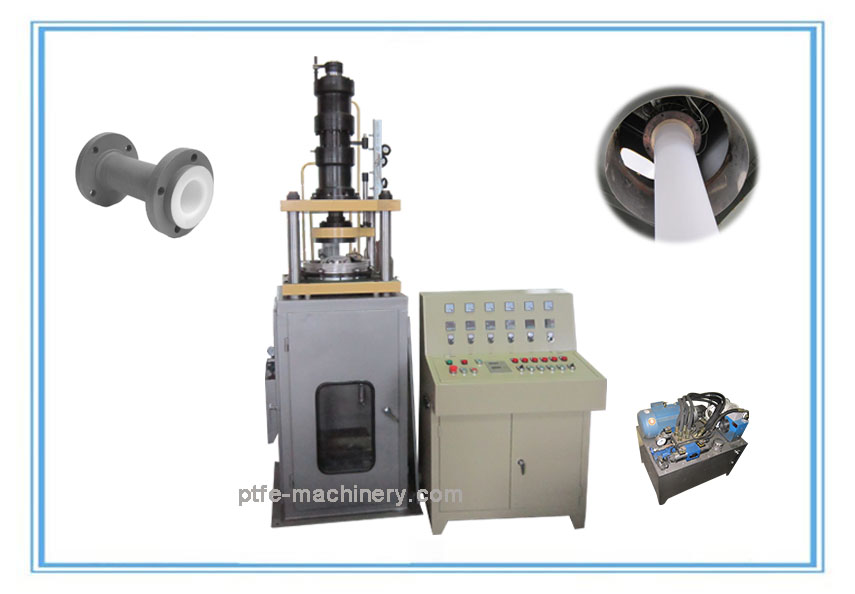With the advent of industrial manufacturing, extrusion found application in food processing of instant foods and snacks, along with its already known uses in plastics and metal fabrication. The main role of extrusion was originally developed for conveying and shaping fluid forms of processed raw materials. Present day, extrusion cooking technologies and capabilities have developed into sophisticated processing functions including: mixing, conveying, shearing, separation, heating, cooling, shaping, co-extrusion, venting volatiles and moisture, encapsulation, flavor generation and sterilization.[21] Products such as certain pastas, many breakfast cereals, premade cookie dough, some french fries, certain baby foods, dry or semi-moist pet food and ready-to-eat snacks are mostly manufactured by extrusion. It is also used to produce modified starch, and to pelletize animal feed.
Generally, high-temperature extrusion is used for the manufacture of ready-to-eat snacks, while cold extrusion is used for the manufacture of pasta and related products intended for later cooking and consumption. The processed products have low moisture and hence considerably higher shelf life, and provide variety and convenience to consumers.
In the extrusion process, raw materials are first ground to the correct particle size. The dry mix is passed through a pre-conditioner, in which other ingredients may be added, and steam is injected to start the cooking process. The preconditioned mix is then passed through an extruder, where it is forced through a die and cut to the desired length. The cooking process takes place within the extruder where the product produces its own friction and heat due to the pressure generated (10–20 bar). The main independent parameters during extrusion cooking are feed rate, particle size of the raw material, barrel temperature, screw speed and moisture content. The extruding process can induce both protein denaturation and starch gelatinization, depending on inputs and parameters. Sometimes, a catalyst is used, for example, when producing texturised vegetable proteins (TVP).



